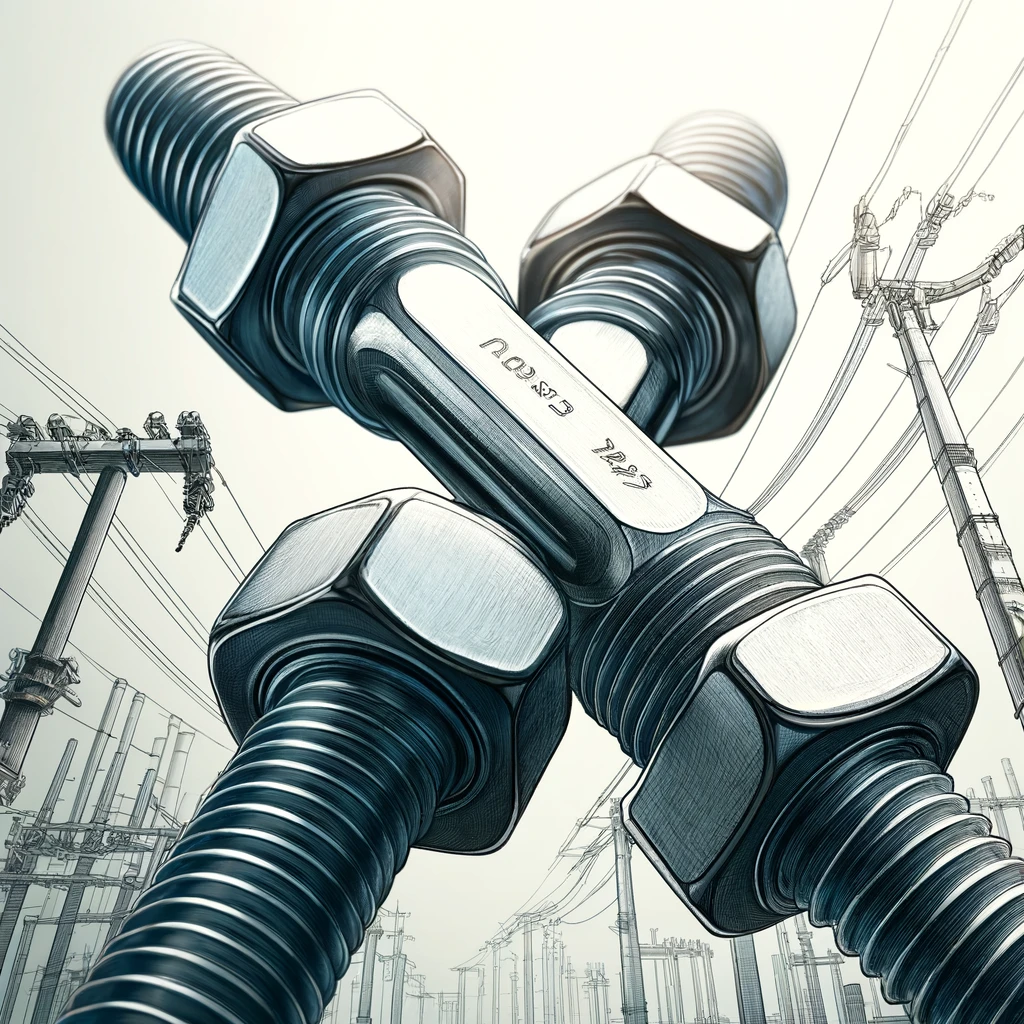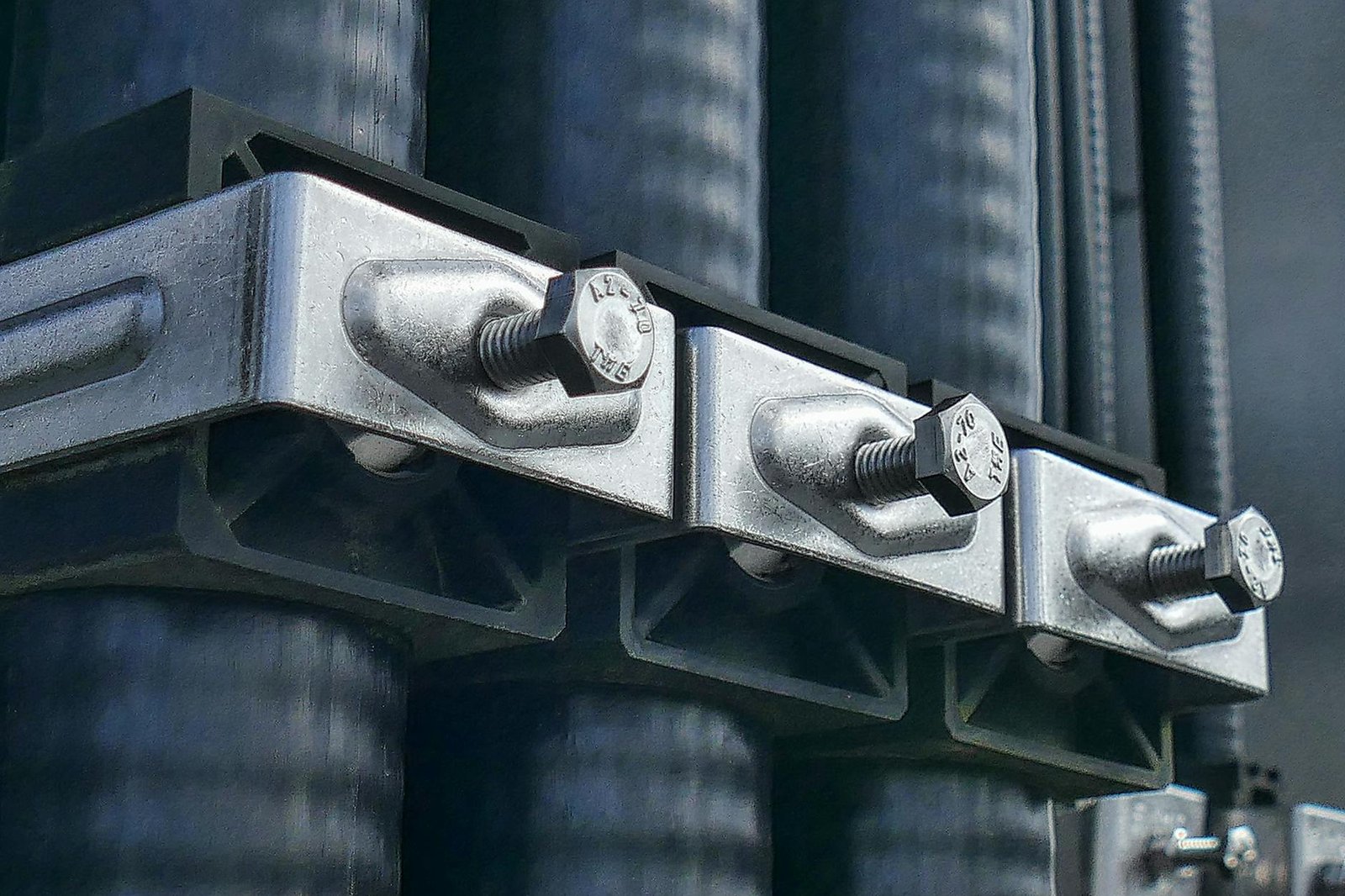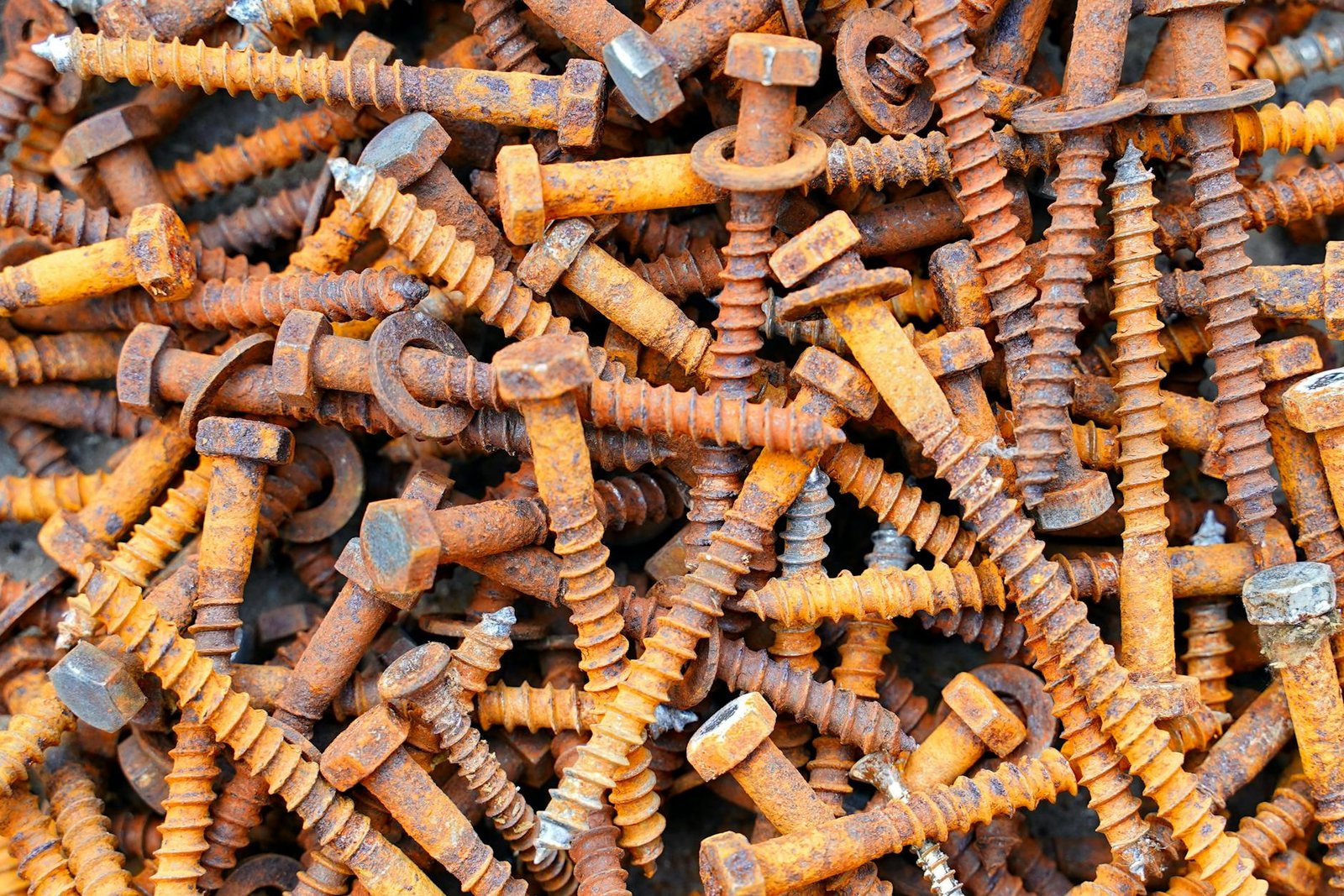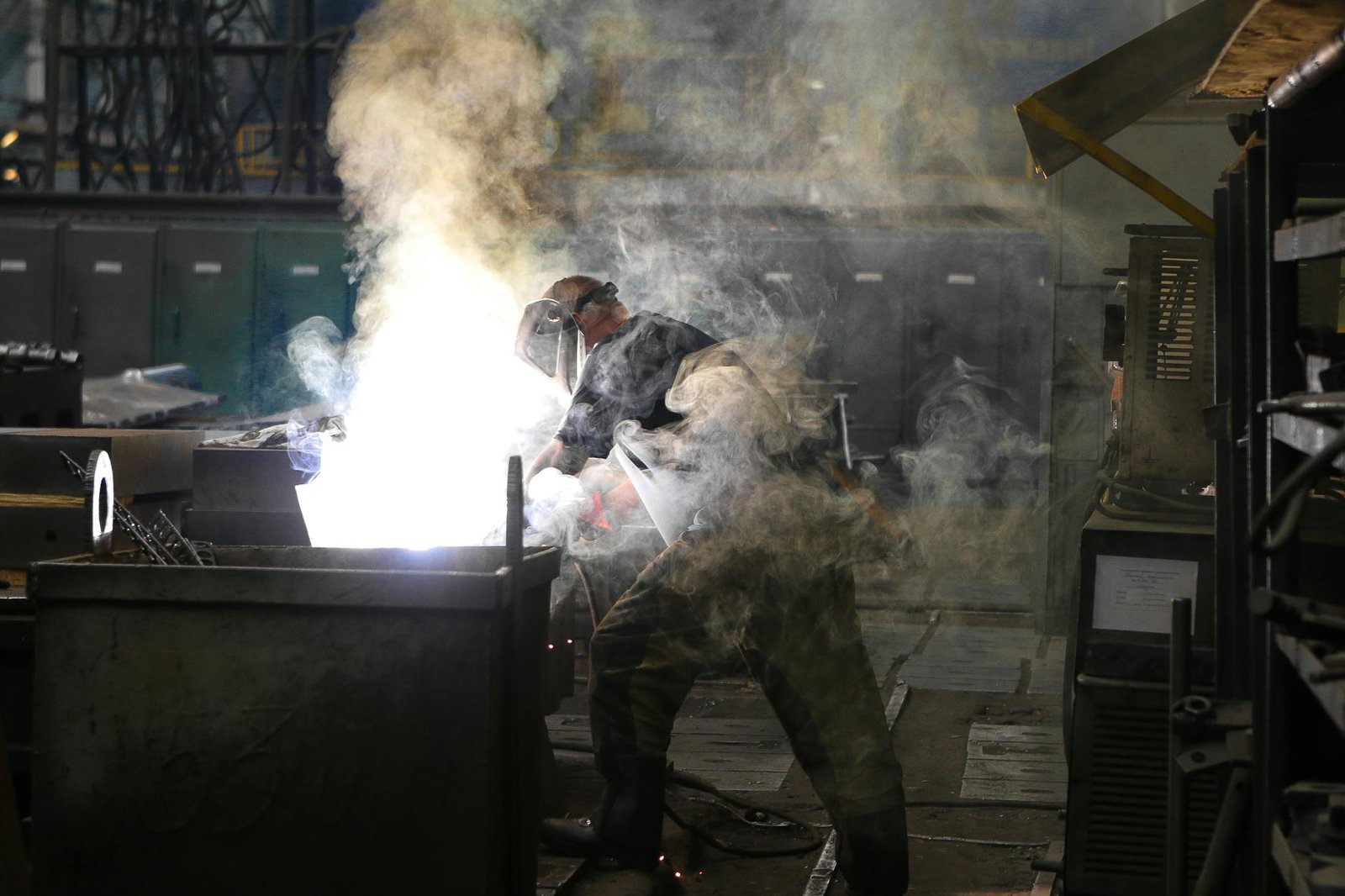Exploring the Concept of a DA Bolt
The term ‘Double Arming Bolt’ might sound unfamiliar to the uninitiated.
In simple terms, a Double Arming Bolt (also known as a DA Bolt) is a type of fastener used in various construction projects. It plays a critical role in securing structures or objects together to ensure strength and stability.
Applying this concept in construction means using DA Bolts where stability, durability, and firmness are paramount. They are often found in sturdy structures like bridges, towers, and high-rises.

Table of Contents
What Is a Double Arming Bolt Used For?
Introduction to the Double Arming Bolt
Bolts play a pivotal role in construction and engineering. A unique type of fastener that is indispensable for securing metal, wood, or other materials together, the double arming bolt is no exception.
Defining Double Arming Bolt
A double arming bolt is a specialized type of fastener, typically made from galvanized steel, used to bridge and secure two separate clamp connections – hence the term ‘double’. The design includes equal thread lengths at both ends, with a raised, unthreaded center where the equipment hangs.
Key Uses of the Double Arming Bolt
Infrastructure and Utilities
- Electrical Pole Lines: The electrical industry heavily relies on double arming bolts for assembling crossarms to poles in overhead lines. It contributes to the stability of structures that help transport electricity.
- Telecommunication Lines: The telecommunication industry uses these bolts for the installation of equipment on telecommunication poles.
Construction
- General Construction: Double arming bolts are often used in general construction projects, from buildings to bridges, for their versatile joint-securing abilities.
- Hanging Equipment: Its specialized design is ideal for hanging equipment at a balanced level.
The Benefits of a Double Arming Bolt
Besides their functionality, there are several advantages that come with the usage of double arming bolts, such as:
- Durability: Made from galvanized steel, double arming bolts are resistance to weathering and corrosion.
- Equal Load Distribution: With threads on both ends, the bolt allows for equal load distribution, increasing the stability and longevity of the infrastructure.
- Versatility: They can be used in a variety of environments and conditions, illustrating their flexibility and usefulness.
Understanding the role of the double arming bolt underlines the incredible significance of such understated components in construction and engineering. Not just a simple fastener, its role in sustaining and enhancing critical infrastructure like power and communication lines makes it a critical piece of our everyday lives.
For a closer look at galvanized steel and its durability, check out “Understanding the Long-Term Benefits of Galvanized Steel”.

Double Arming Bolt Design
Why Does Double Arming Bolt Feature Equivalent Thread Lengths?
Uniformity and Balance
The design of a double arming bolt, featuring equivalent thread lengths at both ends, enhances uniformity and balance when securing equipment at two separate points. It ensures that the equipment hangs evenly and reduces the risk of tilting or imbalance that may occur with unequal threads.
Load Distribution
Moreover, this design plays a vital role in distributing the load evenly across the bolt. This equal distribution of weight increases the stability of the infrastructure, enhancing not just the longevity of the bolt, but also the longevity of the overall system where the bolt is implemented.
How Does the Design of the Double Arming Bolt Enhance Versatility?
Application in Diverse Environments
The specialized design of the double arming bolt allows for versatile application in a variety of environments. Its resilience—primarily due to it being made from galvanized steel and its distinct double-threaded design—means it performs effectively in extreme conditions. From high-performance industrial setups to households, it provides efficient functionality, illustrating its usefulness.

Exploring the Different Types of Bolts
An Overview of Bolt Types
Like the highly essential double arming bolt, there are several other types of bolts that have distinct functionalities in construction, engineering, and more. Used predominantly for fastening purposes, the selection of bolt type can vary depending upon the application, material compatibility, and required load-bearing capacity.
Common Bolt Varieties
1. Hex Bolts
One of the most common types of bolts out there, hex bolts have a hexagonal head and are mostly used in construction work. They offer a good balance between bearing surface and wrenching requirements.
2. Anchor Bolts
Designed to secure objects to concrete, the anchor bolt is often used in structural applications. They comprise a head and a continuous external thread extending along the full length of the bolt.
3. Carriage Bolts
Characterized by their round heads and square sections underneath, carriage bolts are designed to keep them from turning when the nut is tightened or removed. They are generally used in wood to wood fastening and general construction.
4. Flange Bolts
Flange bolts have an integrated flange head, hence the name. This design eliminates the need for a separate washer, making them highly convenient for a wide range of fastening applications.
Choosing the Right Bolt for Your Needs
Factors to Consider
When selecting a bolt for a particular application, several key factors can influence the choice:
- Material Compatibility: Certain bolts may be more suited to specific material types. A double arming bolt, for example, is excellent for securing metal connections.
- Load-Bearing Requirements: Different bolt types can handle different weights and loads. It’s crucial to select a bolt with the required load-bearing capacity for your project.
- Environment Exposure: Bolts can be made from various materials, like galvanized steel, which can resist corrosive environments.
Choosing the right bolt entails understanding the specialized roles of different bolt types such as the double arming bolt, hex bolt, anchor bolt, and more. Like the double arming bolt’s significant contribution to the stability of various infrastructures, other bolts also play equally important roles in different applications.
For more information on bolt types and their applications, consider reading “The Different Types of Bolts“.

The Manufacturing Process of Double Arming Bolts
Appreciating the Complex Manufacturing Process
Behind every enduring double arming bolt lies an intricate manufacturing process. This includes galvanization, a process that improves the bolt’s longevity by providing a protective layer.
Undergoing Heat Treatment
Uniform, high-quality double arming bolts are created starting from cold drawn steel that undergoes heat treatment. This gives the bolt its required hardness and strength.
Cutting and Shaping
The steel is then cut to the required length and threaded on both ends to create the double arming bolt. During this process, the bolt is shaped and sized according to specific standards and dimensions.
Galvanizing
In the final stage, the bolts undergo the crucial galvanizing process. This involves dipping the bolts in a bath of molten zinc, forming a coating that provides resistance against corrosion.
Importance of Quality Assurance
Manufacturing a double arming bolt is not enough. Rigorous quality assurance tests are conducted to ensure that the bolt can withstand the intended loads and conditions it will be exposed to in the field.
Testing for Tensile Strength
These tests include checking for tensile strength, ensuring the bolt can bear the tensile loads which will be applied.
Inspection for Accurate Dimensions
Another important test involves inspecting for accurate dimensions – the thread lengths, total length, and diameter to ensure optimal functionality.
For more comprehensive details about the manufacturing process of bolts, read “How Are Bolts Made?“
Maintenance and Safety Tips for Double Arming Bolts
Maintaining Double Arming Bolts
The maintenance of double arming bolts plays a crucial role in preserving their performance and lifespan.
Regular Inspection
Regular inspection can prevent any unforeseen bolt failures. Check the condition of the galvanized coating, and if signs of corrosion are noticed, take the necessary steps to replace the bolts.
Proper Storage
The storage conditions of unused double arming bolts can affect their lifespan. Proper storage in a dry, cool place can help prevent rusting and decay, keeping them in optimal condition for future use.
Observing Safety During Usage
Implementing safety measures during the use of double arming bolts is paramount to ensure a safe and secure work environment.
Choose the Right Bolt for the Right Application
Using a double arming bolt in an improper application can lead to its failure and possible safety hazards. Always ensure you pick the right bolt for the right job.
Properly Secure Bolts
Be certain that double arming bolts are properly tightened and secured during installation to prevent any accidents caused by loose or unsteady components.
For more about bolt safety, go through “OSHA’s Guidelines on Bolt Safety“

Diving Deeper into Bolt Selection
Why Is the Material of a Bolt Crucial?
Material Durability
The choice of bolt material directly impacts its durability. Bolts made from galvanized steel have superior resistance to weathering and corrosion than those made from other materials. This durability is particularly beneficial in areas with extreme weather conditions or in applications where the bolt is exposed to corrosive materials.
Material Compatibility
The material of a bolt also influences its compatibility with various applications. For instance, galvanized steel bolts excel in projects involving metal-to-metal connections, whereas brass or bronze bolts are typically used where superior electrical and thermal conductivity are needed.
How Does Load-Bearing Capacity Influence Bolt Selection?
Load Carrying Capacity
Every bolt type has a unique load carrying capacity – the maximum load a bolt can handle before it fails or breaks. Therefore, identifying the load requirements is crucial. The bolt selected should comfortably handle the load to guarantee structural stability.
System Stability and Longevity
The load-bearing capacity of a bolt also affects the overall stability and durability of the structure it’s a part of. Choosing the correct bolt, like the double arming bolt, can significantly enhance system longevity and reliability, particularly in critical infrastructures like power and communication lines.
For more insight on bolt selection based on load-bearing requirements, take a look at “Fastener Load Capacities“.
Recycling and Sustainable Practices
Sustainability in Bolt Manufacturing
As with other manufacturing industries, bolt manufacturers are focusing on sustainable practices to mitigate environmental damage.
Recycling Scrap Metal
One such practice involves recycling scrap metal produced during the manufacturing process. Instead of discarding this waste, it gets reprocessed, reducing the demand for new raw materials.
Using Eco-Friendly Galvanization
Galvanizing processes have also been refined to make them more environmentally friendly by reducing energy consumption and producing fewer emissions.
Recycling Used Bolts
The lifecycle of a double arming bolt does not have to end when it is no longer useful in its original application.
Repurposing and Recycling
Many bolts, including double arming bolts, can be successively used in less critical applications after their first life, or even smelted down and recycled into new metal products.
For more on sustainable practices in the fastener industry, see “Creation of Sustainable Hardware“
The Down Low On Double Arming Bolts
Wrapping up our exploration, we’ve found that the double arming bolt is not to be overlooked in the construction and engineering world. A specialized piece, often tucked away in the infrastructure, it holds together not just equipment, but also our daily lives. From keeping electrical and telecommunication lines erect to securing architectural structures, its value is indispensable.
The strength, durability, and versatility of this fastener, typically made from galvanized steel, makes it a key component in various environments and projects. The equal load distribution and stable joint-securing abilities, in particular, contribute to the overall longevity of the structures they support.
In conclusion, understanding the importance of a humble fastener like the double arming bolt broadens our understanding of the intricate components that hold our world together.





